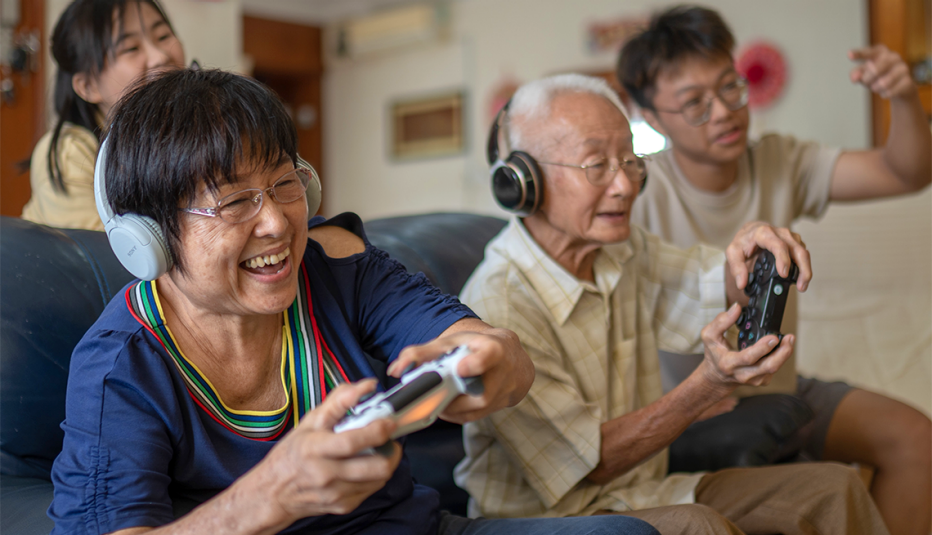AARP Hearing Center


Ketrick Copeland does not generally see people his age reflected in the video games he plays.
“I feel like we get left behind, left out,” says the 53-year-old gamer, who lives in Pittsburgh and plays a few times a week.
He’s not alone. Seven in 10 gamers 50 and older whom AARP surveyed in advance of its April 18 AARP Games Summit in Washington, D.C., say they believe video games are not designed with them in mind.
Many older people like video games as much as their younger compatriots do, but too often they’re frustrated with industry practices that leave them feeling marginalized.
Here are some of the things that bother older players and ways to address them.
1. I can’t even get started
The roadblock. Gamers of all ages want to be challenged when they play, but confronting obstacles during a game and figuring out how to play is sometimes a fine line.
“There’s so many big titles where people would just get stuck in the tutorial,” game developer Bob De Schutter, an associate professor at Northeastern University in Boston, said during the Games Summit.
The fix. Game developers and companies need to make instructions easier to read and digest.
2. Playing with others isn’t easy
The roadblocks. Plenty of games can be played solo, including venerable pastimes such as Solitaire and Sudoku or the more recent viral sensation Wordle. Plenty invite you to compete against others.
But unless a wannabe player knows a friend is online, many people have difficulties finding opponents with the same skill level and age range, someone who might become a friend. Stranger danger is a real threat, as evidenced in the romance scams that popped up early in the pandemic for some older adults playing Words With Friends.




































































More From AARP
6 Ways to Save on Video Games
Inflation may be high, but you can play many games free
Love Wordle? Try These 14 Other Games
Similar puzzles focus on language, geography, math and even ‘Star Wars’
3 Gaming Consoles That Will Let You Play Like It's 1979
Bringing back some of that old-school charm and thrills